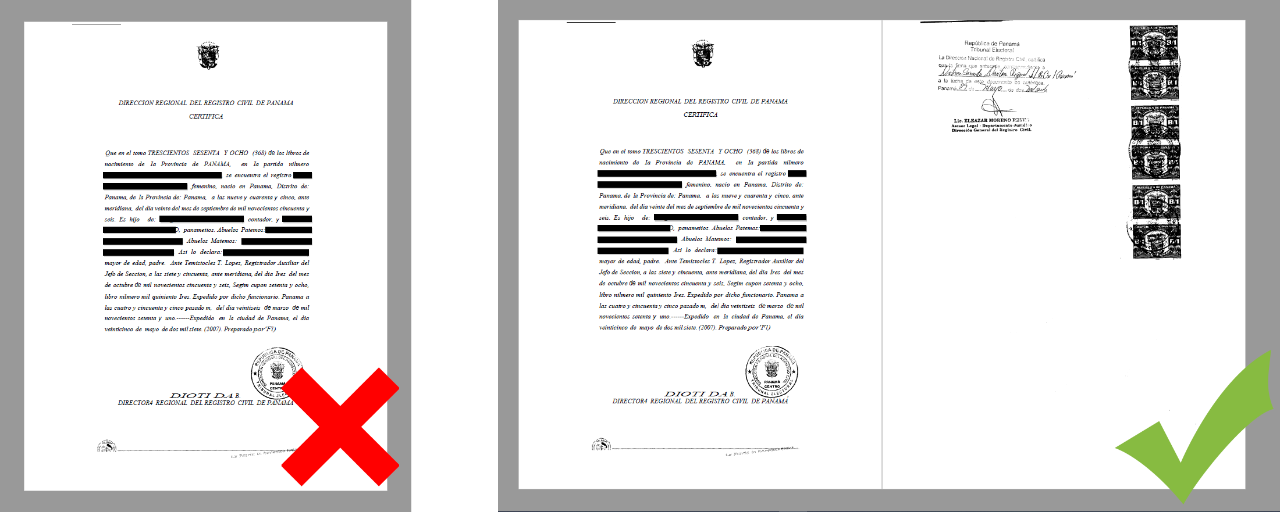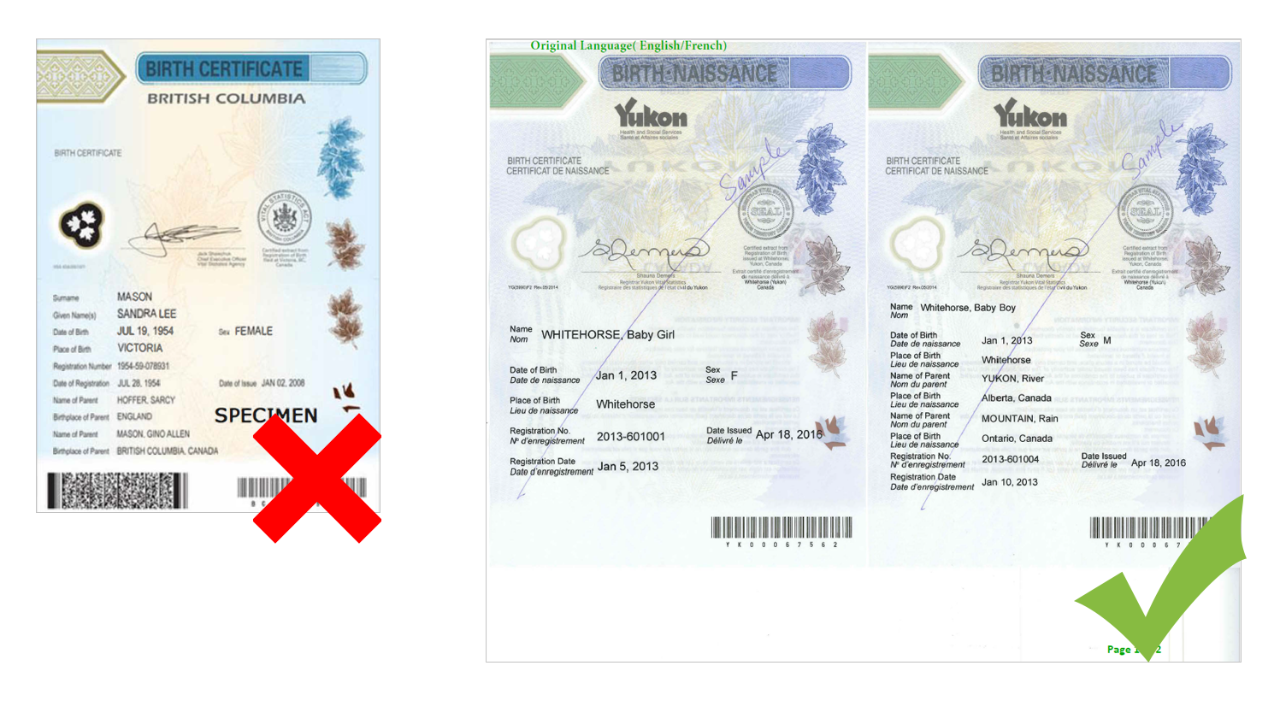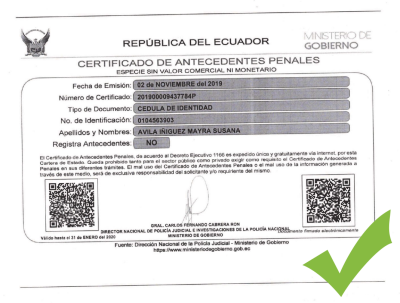This Special Immigrant Visa program is available to persons who worked with the U.S. Armed Forces or under Chief of Mission authority as a translator or interpreter in Iraq or Afghanistan. This program, which offers visas to up to fifty persons a year, remains active.
Section 1059 of the National Defense Authorization Act for Fiscal Year 2006, authorizes the issuance of up to 50 Special Immigrant Visas (SIVs) annually to Iraqi and Afghan translators and interpreters working for the U.S. military and who meet certain requirements. An amendment to Section 1059 expanded the total number of visas to 500 per year for FY 2007 and FY 2008 only. In FY 2009, the number of visas available for this category reverted to 50 annually. As amended, the Act provides for SIV status for eligible Iraqi or Afghan translators and interpreters, who have worked directly with the U.S. Armed Forces or under Chief of Mission (COM) authority at U.S. Embassy Baghdad or U.S. Embassy Kabul. For more information about the relevant U.S. laws, see References - U.S. Laws, numbers 1, 2, and 3.
You may apply for this program if you meet all of the following requirements:
In addition to the information on this website, U.S. Citizenship and Immigration Services (USCIS) provides information on Form I-360 petitions for this program.
This program is completely distinct from two other programs authorizing SIVs for certain Iraqi and Afghan nationals who have worked for, or on behalf of, the U.S. government in Iraq or Afghanistan, although some translators and interpreters may qualify under both programs. For information on those programs, see SIVs for Iraqi nationals or SIVs for Afghan nationals.
Note: You should NOT make any travel arrangements, sell property, or give up employment until and unless you are issued a U.S. visa.
The first step toward applying for SIV status is to file a petition with USCIS. You must submit the following package of documents directly to the USCIS Nebraska Service Center:
To learn more about USCIS and to access forms and instructions, please click here.
After USCIS approves your petition, they will transfer your case to the Department of State's National Visa Center (NVC) for pre-processing. The first step in this processing is the creation of your case in our system. Once this is complete, we will send you a Welcome Letter by e-mail. With the information in this letter, you can log in to our Consular Electronic Application Center (CEAC) to complete your Application for Immigrant Visa and Alien Registration (Form DS-260) and submit your supporting documents.
Once you submit forms and supporting documents to NVC, we will review your case to ensure you provided all the documentation required to schedule the immigrant visa interview. Interviews are based on the availability of appointments offered at the Embassy/Consulate.
You must provide an email address to facilitate communication with NVC. You may contact NVC by email at NVCSIV@state.gov.
Important Notice: Termination of Registration:
Immigration and Nationality Act (INA) section 203(g) provides that the “Secretary of State shall terminate the registration (petition) of any alien who fails to apply for an immigrant visa within one year” of notice of visa availability. The petition may be reinstated if, within two years of notice of visa availability, the alien establishes that the “failure to apply was for reasons beyond the alien’s control.” Therefore, if you do not respond to notices from NVC within one year you risk termination of your petition under this section of law and would lose the benefits of that petition, such as your priority date.
If you believe that you have an approved petition, but you have not been contacted by NVC, or you have questions about your pending SIV case after the petition has been approved, please email NVC at NVCSIV@state.gov or call 1-603-334-0828 and provide your U.S. Citizenship and Immigration Services (USCIS) receipt number, full name, and date of birth. Customer Service Representatives at NVC are available from 7:30 a.m. to midnight (EST).
After receiving your NVC Welcome Letter, you and each qualified family member immigrating with you must complete the Application for Immigrant Visa and Alien Registration (Form DS-260). You may wish to preview a sample DS-260 (PDF - 13.9 MB) before beginning.
To complete your Application for Immigrant Visa and Alien Registration, log into your case in CEAC and click the ‘START NOW’ under IV Application on your summary page.
Submitting Form DS-260 does not formally execute a visa application. The visa application is not formally made until the visa applicant(s) is interviewed by a U.S. consular officer.
After submitting Form DS-260 online, you must print the confirmation page and bring it to your interview. You can print this from CEAC any time after you complete your DS-260 application.
After you complete your DS-260(s), you and each family member immigrating with you MUST collect the civil documents required to support your visa application.
Your civil documents MUST be issued by the official issuing authority in your country. Please refer to the Document Finder to learn about the civil document requirements for each country.
Please note that all documents not written in English, or in the official language of the country from which you are applying, must be accompanied by certified translations. The translation must include a statement signed by the translator stating that:
Important Notice on Missing Documents: If a required document is unavailable per the country-specific guidelines, you do not need to scan the document into your CEAC. However, if you cannot obtain a required document for another reason, you must submit a detailed written explanation to NVC when you scan your other documents. During your visa interview, the consular officer will determine whether you must obtain the missing document before a visa can be issued. As a general rule, any document that is listed as “available” on the country-specific guidelines must be reviewed by a consular officer. Failure to obtain all required documents will delay your case.
Once you have collected all the necessary documents, you must scan and save them.
In order to scan your documents, you will need access to a computer and scanner or a smartphone with an internet connection. Note: If you choose to use a public computer, be sure to delete your scanned documents once you have finished uploading them.
In order to ensure your case does not experience delays in processing, follow these guidelines when scanning your documents:
Requirements:
Single File Size and Type
Acceptable file types include .pdf (preferred) .jpg, and .jpeg
Each individual file (scanned document) must be no larger than 4 MB (megabytes).
Scan your multiple page documents, such as your letter of recommendation, as one file. If the document size is more than 2 MB, compress the file.
“Zipped” files, modifiable PDFs, or password-protected files will not be accepted.
Image Quality
Your scans must:
Include the front and back side of any document that has stamps, seals, or writing on the back.

Include a certified translation of your tazkera with your original (i.e. foreign language) document in a single file.
Be clear, easily seen and read, and no parts of the document are cut off.

Oriented so it can be read across the screen without the need to rotate the document.

Most scanning programs offer a preview function so you can make sure the document is easily read. If you cannot read the scanned document, re-scan it at a higher resolution. Keep in mind this means the saved file will be larger and you may need to compress the file before you upload it.
Compressing a File
Compression means saving your document in a smaller file size. This not only allows the file to take up less space on your hard drive but also means it can be uploaded or e-mailed much faster. However, not all file types are easily compressed. Most computer operating systems include an option to compress a file. This option is often found under “File” or “Save,” or appears when you right-click on a file name in a navigation screen. Look on the “Help” tool in your computer operating system for more information on what is available to you.
There is also third-party compression software available, both at no cost and for purchase. Please remember, the Department of State cannot accept files that have been “zipped.”
After you have scanned all of the required documents, attach each scan to an email and send it to NVCSIV@state.gov. The email’s subject line must contain the case number provided on your Welcome Letter.
When you submit your application, you will receive an automatic response confirming the receipt. Please allow up to eight (8) weeks for your application to be reviewed by the National Visa Center (NVC).
Once NVC review your case, you will receive an email stating one of the following:
If NVC determines you did not submit the correct forms and/or documents, you will receive a notification requesting additional information and/or corrections to your documents. When you receive this email, follow the instructions to provide additional information or to correct documents. Once you have followed the instructions, you will need to reply to the email with the new documents to NVCSIV@state.gov. Do not change the subject line of the email.
Please remember to follow the scanning requirements in Step 9 for your corrections.
Important Notice on Missing Documents: If after reviewing the FAQs and you are unable to provide the NVC with the missing information requested, you must submit a detailed written explanation why to the NVC. The Kabul Chief of Mission Committee and Chief of Mission designee will review your case.
If NVC determines you have submitted the required immigrant visa application and supporting documents to NVC, you will receive an email that your case is documentarily complete. NVC will work with the appropriate U.S. Embassy or Consulate to schedule an appointment for you once a visa is available. NVC cannot predict when your case will be scheduled for an interview.
The U.S. Embassy or Consulate General tells NVC what dates they are holding interviews, and NVC fills these appointments in a first-in, first-out manner.
Important: the number of visas available for this category reverted to 50 annually.
After the National Visa Center (NVC) schedules your visa interview appointment, they will send you an email noting the appointment date and time. After you receive an interview Appointment Letter from NVC, you must take the following steps BEFORE the interview date.
To continue to prepare yourself for your interview follow Step 10: Prepare for Interview.
Once you have completed your preparations for your interview continue on to Step 11: Applicant Interview and Step 12: After the Interview.
The chart below contains a list of U.S. laws relevant to Special Immigrant Visas (SIVs) for eligible Iraqi or Afghan translators/interpreters who worked directly with the U. S. Armed Forces or under Chief of Mission authority. You can find more detailed information about each of these laws by going to the National Archives Office of the Federal Register website.
| Law: | Information about the Law: | |
|---|---|---|
| 1 | Section 1059 of the National Defense Authorization Act for Fiscal Year 2006 (Public Law 109-163) | This law allowed up to 50 Iraqi and Afghan translators/interpreters who worked for the U.S. Armed Forces to receive special immigrant visas (SIVs) each fiscal year (FY). This law was later amended and now provides SIV status for eligible Iraqi and Afghan translators/interpreters who have worked either directly with the U.S. Armed Forces or under Chief of Mission (COM) authority at U.S. Embassy Baghdad or U.S. Embassy Kabul. |
| 2 | Public Law 110-36 | This law, which then-President Bush signed on June 15, 2007, amended the law above by expanding the total number of SIVs issued to Iraqi and Afghan translators/interpreters working for the U.S. military to 500 a year for FY 2007 and FY 2008 only. |
| 3 | Public Law 110-242 | A provision of this law applies only to cases in which petitions for SIV status as Iraqi or Afghan translators/interpreters who worked directly with the U. S. Armed Forces or under Chief of Mission authority for at least 12 months were filed before October 1, 2008. It authorized the continued processing and adjudication of these applications even though the annual limit of 500 visas had already been reached. |
| 4 | The Consolidated Appropriations Act, 2008 (Public Law 110-161 of December 26, 2007) | This law initially made Afghan and Iraqi SIV holders eligible for the same resettlement assistance, entitlement programs, and other benefits as refugees admitted under the U.S. Refugee Admissions Program for up to six (6) months from their date of admission or date of adjustment if applying domestically. The period of eligibility was later extended under subsequent legislation. See these two laws below. |
| 5 | The National Defense Authorization Act for Fiscal Year 2008 (Public Law 110-181 of January 28, 2008) | This law extended the period of eligibility of Iraqi SIV holders for resettlement assistance, entitlement programs, and other benefits to up to eight (8) months from their date of admission or date of adjustment if applying domestically. |
| 6 | The Omnibus Appropriations Act, 2009 (Public Law 111-8 of March 10, 2009) | This law extended the period of eligibility of Afghan SIV holders for resettlement assistance, entitlement programs, and other benefits to up to eight (8) months from their date of admission or date of adjustment if applying domestically. For Afghan SIV holders already in the U.S. to be eligible for uninterrupted benefits for an additional two (2) months beyond the original six months (6) allowed under previous law, you must have been admitted to the U.S. on or after September 10, 2008, or if applying domestically, have a date of adjustment of September 10, 2008 or later. |